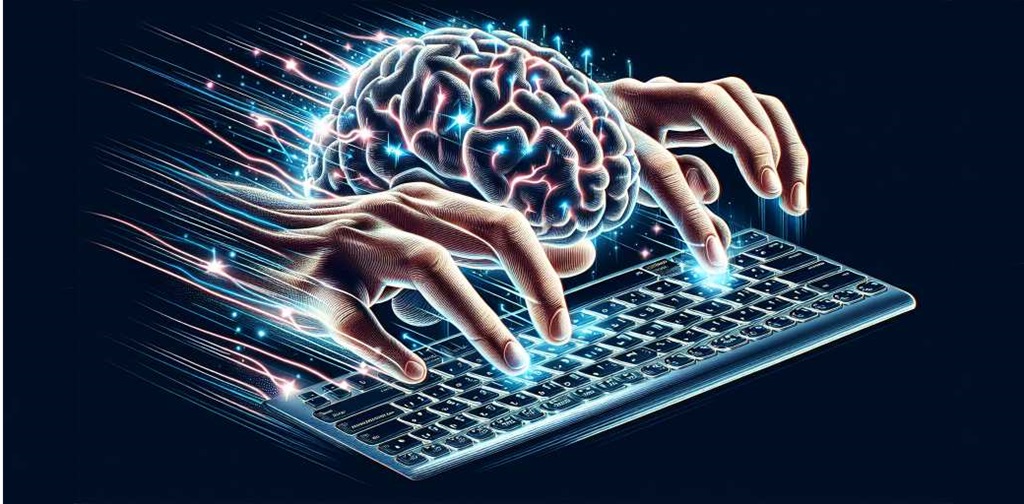One way to make learning materials engaging is to tailor them to student interests. For example, history teachers can adapt content from standards-based courses to the interests of their students. One history teacher linked the U.S. role in the UN to the characters of Super Friends. Math teachers can have students write about problems, diagrams, or patterns related to their favorite shows. Unfortunately, many students may not make connections between academic material and their interests.
Games
Games help students engage in the content, develop problem-solving skills, and learn agency should be incorporated into learning materials. Most games can be tailored to different skill levels, allowing teachers to adjust difficulty levels to meet individual student needs. Games have the added benefit of introducing new topics and learning styles. For instance, a game focusing on the concept of the agency may help students learn more about gender issues or the importance of human rights. The activities mentioned may foster a new avenue for learning and appreciation of holistic learning materials.
Interactive activities
Learning that demands student interaction is known as interactive learning. This engagement can occur in a digital classroom through class and small group discussions and investigation of the interactive learning materials provided.
Using interactive activities in learning materials is increasingly popular. These tools increase student engagement and participation in the classroom. Interactive materials also help instructors adjust the material’s pace and style to fit students’ learning styles. For example, a course on medical diagnosis could use an interactive question and answer database. One of the most significant advantages of interactive materials is that they can be changed during the class. A simple change in the material can make a big difference in how well students retain information.
Manipulatives
Using manipulatives is an effective method for increasing students’ attention. Brightly colored and visually appealing manipulatives can attract students’ attention. Additionally, realistically designed manipulatives can enhance off-task behavior, such as building and sorting. This can help students master complex concepts.
Culture-relevant materials
One of the essential elements of a culturally-relevant curriculum is culturally relevant learning materials. These materials must help students develop a sense of belonging, identify with a specific culture, and recognize nuanced identities in characters. There are several different approaches to implementing a culturally-relevant curriculum.
Group chat
Using group chat to make learning materials engaging has many benefits. The conversations can be memorialized, posted in designated spaces, and shared with students via email. Chat transcripts can also serve as a brainstorming sheet for research and writing. Students can also use the transcripts to discuss instructional plans with teacher teams or administrators. These are just a few of the many benefits of using group chat to enhance learning materials.
Walk-and-talk activities
Walk-and-talk activities are an effective way to encourage student-teacher interaction. The activity involves a student walking or stepping in place and discussing a prompt, and the teacher facilitates the conversation and ends it with the student sharing their experience. The teacher can also provide a simple prompt for walk-and-talk activities such as “Tell me something about the person you learned in front of you.”




